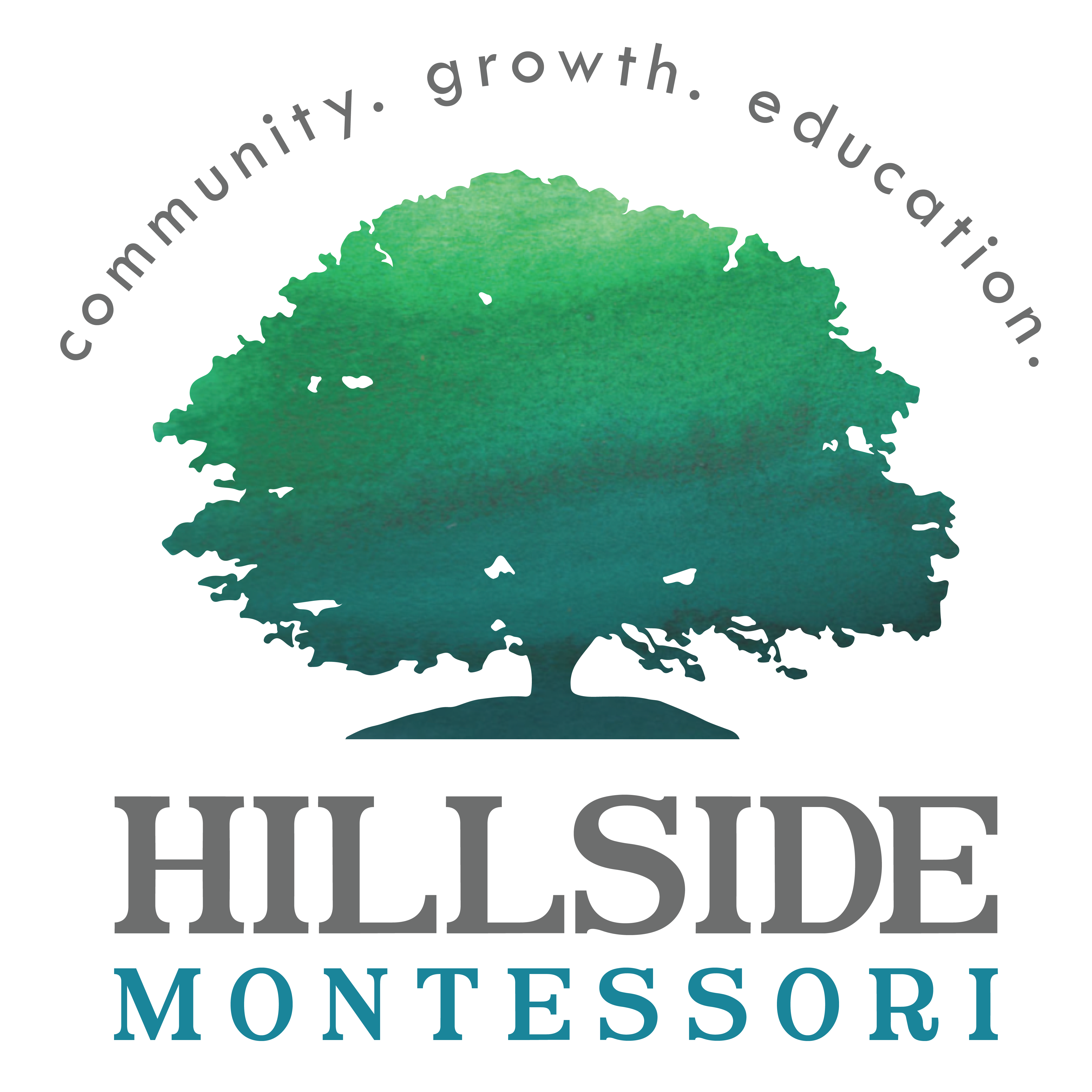Early Adolescence
Dr. Montessori asserted that early adolescence (ages 12-15) is a time similar to infancy with regards to physical growth and mental development, that both periods are times of great transformation (Standing 115). The 12 to 15 year-old must observe and experiment with how adult society works, much like the 0-3 year-old observes and experiments with materials in their environment and how they work.
Dr. Montessori recognized that one’s work with the head, or intelligence, and the hand is quite interrelated; she offered several examples, such as: that the hands of man express his thoughts, the development of manual skill keeps pace with mental development, artistic creativity is materialized in some form of work and for that the hand is necessary, and she goes on to say that perhaps the whole business of intelligence is to guide the work of the hand (The Absorbent Mind 150-1).
Our Commitment
At Hillside Montessori, the Adolescent program is committed to serving the students’ maximum potential by guiding their physical, moral, social, emotional, and intellectual development in order to prepare the adolescent for the adult world and embody a lifetime love of learning.
Ages 12-15
Characteristics of Adolescents
Students at this age have entered the third plane of development which can be summarized by the following characteristics:
Social
- Exploration of the social and economic world
- Must experience fundamental mechanisms of society: division of labor, production and exchange
Moral
- Develops spiritual equilibrium by interacting with others collaboratively, responsibly and with compassion
- Sensitive period for sense of justice and personal dignity
Intellectual
- Unexpected decrease in intellectual capacity, academics are not as important as the social interactions are, intellectual pursuits need to be wed to social dynamics
Preparation
Intentional Focus
We prepare our students for life beyond the classroom through partaking in social structures that prepare one for adult life, experiencing independence, feeling the interconnectedness of people completing genuine work, having adult-like responsibilities and challenges, participating and engaging in social organization with many roles, and working with production and exchange endeavors.
Many of these goals are realized through an intentional focus on student created and lead micro-economies. The academic areas are taught by field specialists. Thus, the Lead Adolescent Guide might teach Language Arts and History, while a local professor teaches Math lessons and the Science Specialist guides studies of Physics, Chemistry, Botany, and Zoology.


